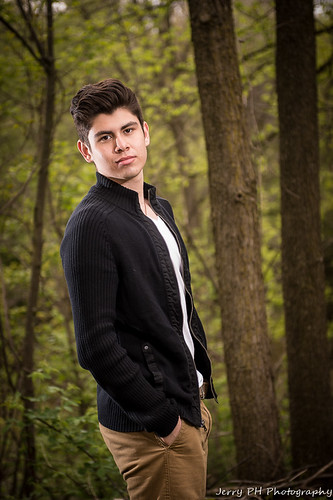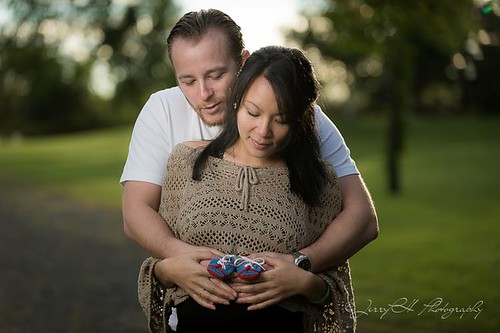There are a ton of factors to consider:
- what is the camera used?
- what is the lens used?
- is proper hand-holding technique being used?
- does the lens front or rear focus?
- does the camera have microadjustment capabilities?
- if it does, has it been properly calibrated?
On top of all this, it is entirely possible that the lens is out of whack and won't focus properly when "pushed", but may look better when opened up a bit.
Even then, apertures like F/2.8 are not all that hard to get good focus with, if all of the above are in line:
F:/2.8:
F/2.0:
F/1.4:
If one wants sharp photos, there are a few hints that could help:
- first use a single fixed focus point that is moved close to where you want it in the frame.
- use single focus, not continuous focus.
- try to avoid a lot of recomposing after attaining the focus.
- take your time, some lenses are slow to lock in focus.
- use a shutter speed that is at least 2X your focal distance (won't aid sharpness, but does eliminate motion blur which is often confused with bad focus).
If that is not working, and your camera has microadjustment capabilities, calibrate the camera to the lens. There are many free variants to attain this, but I much prefer a more accurate and faster way of doing things by using a software. I use the Reikan FoCal software and highly recommend it. Even if I thought my shots were sharp already, I was shocked at how much better all my lenses looked after calibration.
If calibration does not work, you have a hardware issue (most likely the lens needs to be sent in and calibrated with your camera.
Post processing... I shoot everything in RAW, and by the very nature of this format, every shot I take needs some sharpness added in post. Sometimes it is just a hair, sometimes I go nuts, but the one thing I will say is that if the photo is not sharp straight from camera, no amount of sharpening can take a blurry picture and make it better.
Also, it should be obvious that not all lenses are equally sharp. One of the benefits of the FoCal system is that it can not only calibrate your camera to your lens to perfection, it also comes out with many valuable reports... one of which is specific ratings of how sharp your lens is at each aperture.
How many here can say with certainty which aperture is a lens it's sharpest at? You would be surprised. Example, my Sigma 50mm F/1.4, one could say that maximum sharpness should be attained in the F/8 range, but in my case, I was wrong... it was sharpest at a surprisingly relatively wide F/4!
Just a few thoughts.













